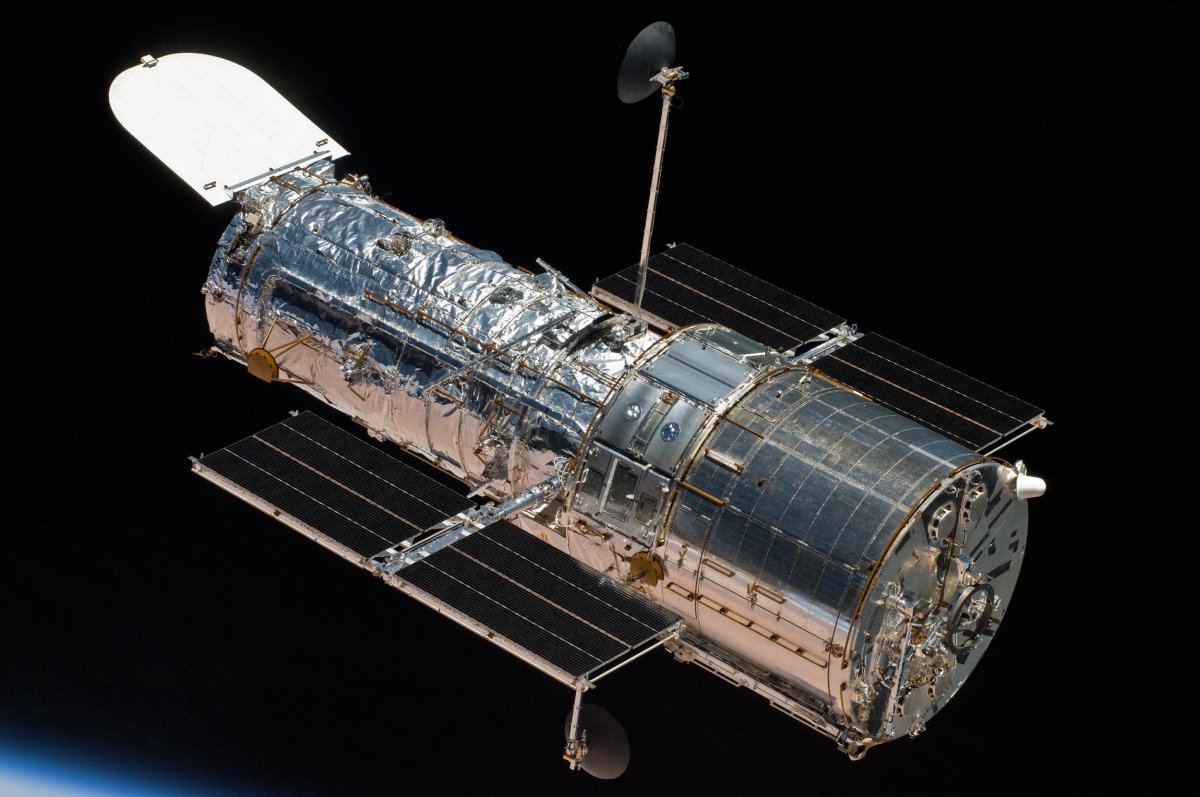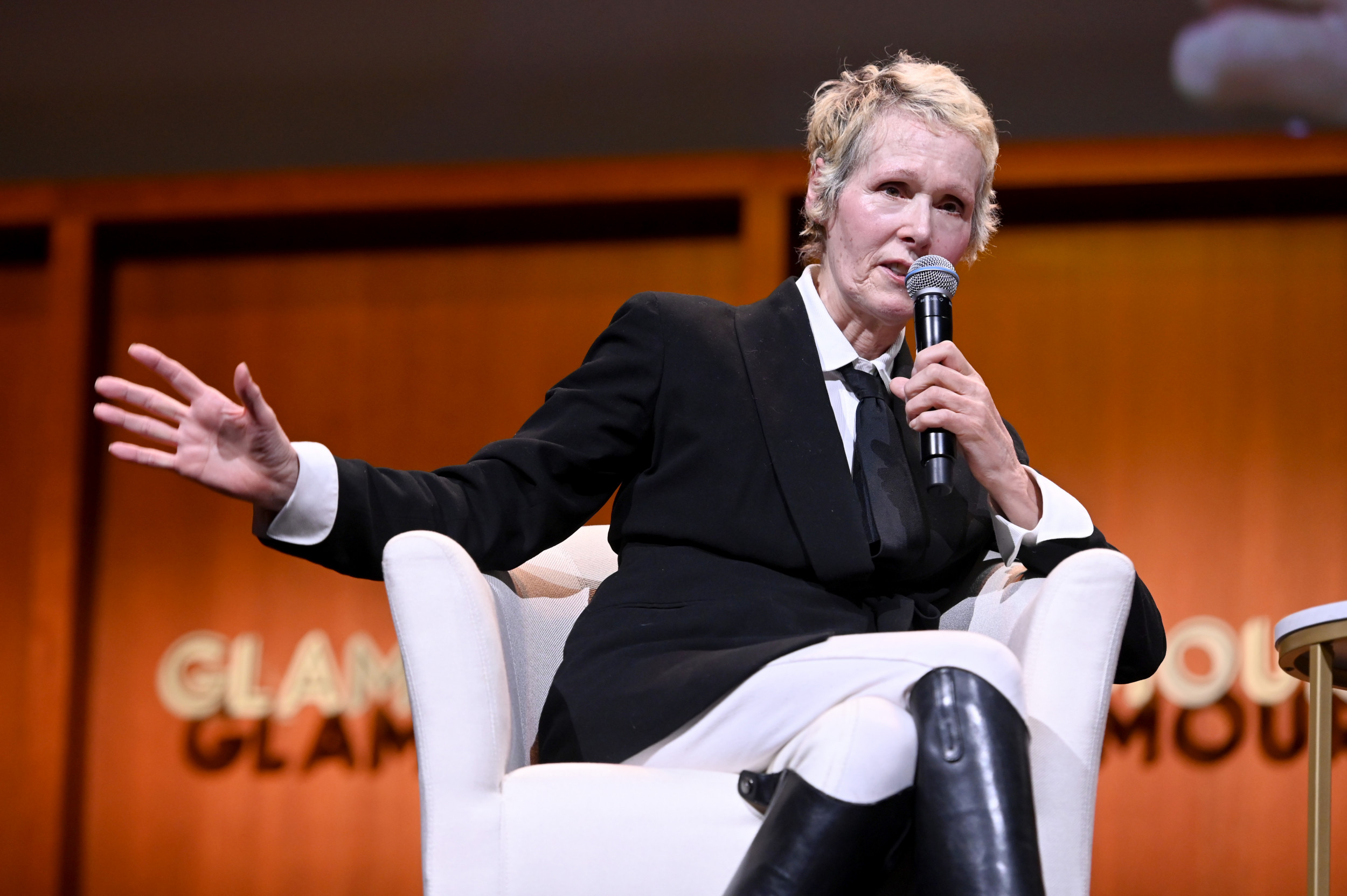The Hubble Space Telescope ceased science operations and entered "safe mode" shortly after 6:00 p.m. EDT on October 5 when one of its instruments failed, according to NASA, who are investigating the issue.
The malfunctioning part in question is one of the three gyroscopes (gyros) that are used to point and steady the space observatory's telescope.
Safe mode puts the telescope into a stable configuration until ground control can correct the issue and resume normal operations. The rest of Hubble's instruments have been unaffected by the fault.
Six new gyros were installed on the telescope in 2009. It only needs to use three at a time for maximum efficiency, but was designed so that it can continue making scientific observations with just one.

According to NASA, the failure of the gyro was not entirely unexpected. It had been exhibiting behavior suggesting that it was coming to the end of its life for around a year. Furthermore, two other gyros of the same type had already failed.
The three remaining gyros—two of which are currently running—have slightly enhanced designs and are expected to last significantly longer.
A team at NASA's Goddard Space Flight Center in Maryland and the Space Telescope Science Institute are currently conducting tests and performing analyses to determine how the functionality of the faulty gyro can be restored.
Meanwhile, an Anomaly Review Board, including experts from the Hubble team and figures from industry familiar with the gyro design, is being formed to investigate the issue further and develop a recovery plan.
If the recovery efforts are unsuccessful, Hubble will resume science operations in a "reduced-gyro" mode that makes use of only one gyro. This would mean that the telescope will have less sky coverage at any one time and observations requiring very accurate pointing would become more difficult.
Hubble, which is jointly run by NASA and the European Space Agency, has been operating for more than 28 years. In that time, it has captured some of the most dramatic and striking images of our universe. While not the first space observatory to be launched, it is both one of the largest and most versatile, providing astronomers with numerous options for observing the cosmos.
Over the course of its life, numerous parts on Hubble have had to be replaced and other malfunctions corrected during service missions.
Notably, operators discovered shortly after Hubble's launch in 1990 that the main mirror had a tiny aberration, one-50th the thickness of a human hair, which severely affected the clarity of its early images. Fitting a new mirror was not feasible so spacewalking astronauts had to install corrective optics and new instruments during a shuttle mission in 1993.
NASA did not immediately respond to a request for comment.
Uncommon Knowledge
Newsweek is committed to challenging conventional wisdom and finding connections in the search for common ground.
Newsweek is committed to challenging conventional wisdom and finding connections in the search for common ground.
About the writer
Aristos is a Newsweek science reporter with the London, U.K., bureau. He reports on science and health topics, including; animal, ... Read more
To read how Newsweek uses AI as a newsroom tool, Click here.








